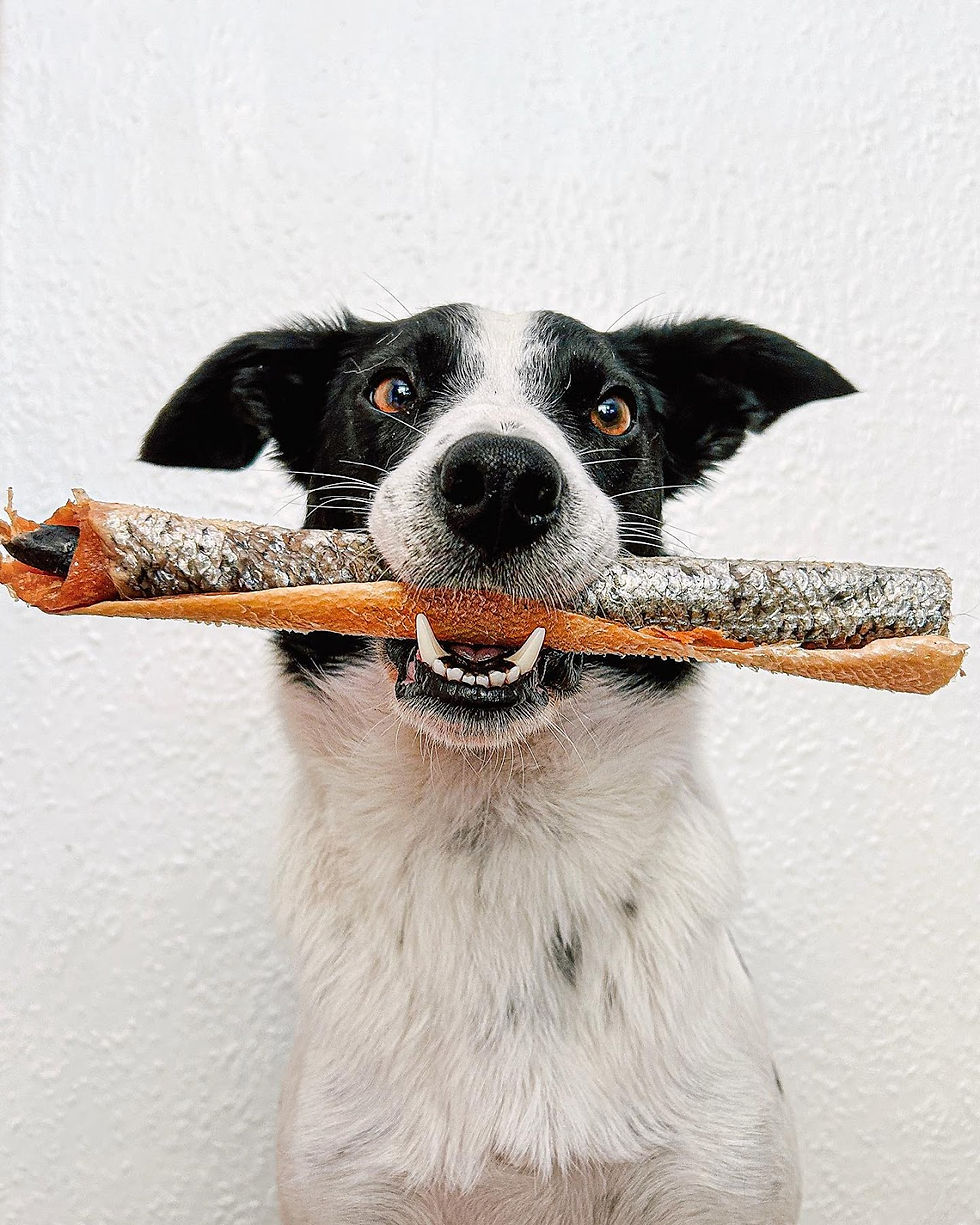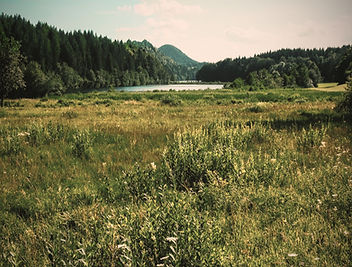Can Dogs Eat Salmon Skin? What to Know
- Robert Basauri

- Sep 14
- 4 min read
Dog owners often wonder whether certain human foods are safe for their pets. One frequent question is: can dogs eat salmon skin? Salmon is popular in many dog foods and treats, and its skin is rich in flavor. But just because dogs might enjoy salmon skin doesn’t mean all forms of it are safe. This post covers the benefits, risks, and best practices for feeding salmon skin to your dog.

What Is Salmon Skin and Why Do Dogs Like It
Salmon skin is the outer layer of the salmon fish that contains fat, protein, amino acids, omega‑3 fatty acids, and certain vitamins like B12. Because of its fat content and texture, it can be very appealing to dogs. It also smells strong, which often increases a dog’s interest in trying it.
Many commercial dog foods that feature salmon as a protein source include parts of the skin or oils derived from it. Homemade treats or leftovers may also provide salmon skin. That’s where pet owners need to know what to do right to keep their dog healthy.
Benefits of Feeding Salmon Skin to Dogs
Here are some of the positive things salmon skin can offer, when prepared properly:
Omega‑3 fatty acids: Salmon skin is rich in healthy fats that support coat and skin health, may reduce inflammation, and contribute to joint health.
Protein: Adds to the amount of protein in the diet, helping to repair muscles, support energy needs, and maintain good general health.
Vitamins and minerals: Vitamin B12 and certain trace minerals help with immune function, nervous system health, and metabolism.
Palatability and enrichment: For many dogs it’s a tasty treat; feeding plain salmon skin occasionally can also add variety and interest to their diet. It may act as a food topper or treat rather than a main feed.
Risks and Considerations: Why “Salmon Skin for Dogs” Isn’t Always Safe
Even though there are benefits, there are several risks that dog owners should understand before giving salmon skin to their dogs.
Raw or undercooked salmon skin can carry parasites or bacteria. One serious disease is salmon poisoning, caused by a parasite often found in raw or undercooked salmon. Symptoms can include vomiting, diarrhea, fever, lethargy.
Seasonings and additives often used in cooking fish, salt, garlic, onion, spices, oils, butter, can be harmful or even toxic to dogs. Even some marinades and flavorings can upset digestion.
High fat content: The skin is fattier than much of the flesh. If fed in large quantities or too frequently, or for dogs with sensitive digestion, this could lead to pancreatitis, obesity, or other diet‑related problems.
Bones and choking risk: While skin itself is usually fine, leftover bones in the skin or attached to the skin may pose a choking hazard or cause internal injury. Always ensure fish is properly deboned.
Potential contaminants: Farmed salmon or salmon from polluted waters may carry higher levels of mercury or other environmental toxins, which may accumulate in skin or fat. While salmon generally has lower mercury than many fish, contamination is still a concern.
How Much Salmon Skin Is Safe? Guidelines for Pet Owners
If you decide to give your dog salmon skin, here are some good practices and suggestions to do it safely:
Cook it thoroughly: Bake, grill, steam, or air roast the skin until fully cooked. Do not feed raw.
Plain is best: No salt, no seasoning, no butter, garlic, onion, or other flavor agents.
Small portions: Treats (including salmon skin) should typically make up no more than about 10% of your dog’s daily caloric intake.
Dog size matters: Smaller dogs need much smaller pieces; large dogs can handle larger bites, but proportion matters. Also, consider age, activity level, and overall health.
Frequency: Rather than daily treats, occasional feedings (once or twice a week or less, depending on fat content and individual health) are safer.
Observe your dog: After feeding salmon skin, watch for any digestive upset, vomiting, diarrhea, gas, or signs of allergic reaction (itching, swelling, etc.). If any occur, stop immediately and consult your veterinarian.
Common Questions: Frequently Asked FAQs
Can dogs eat raw salmon skin?
No. Raw salmon skin carries risk of parasites (for example organisms that cause salmon poisoning) and bacteria that can make dogs seriously ill.
Is salmon skin better than salmon flesh for dogs?
Not exactly “better,” but it has its own benefits. Skin tends to have more fat and more omega‑3s in certain parts, but flesh provides leaner protein and lower risk of fat‑related issues. Using both, balanced properly, is often best.
Can dogs eat salmon skin every day?
Probably not. Daily consumption, especially of fatty, skin‑heavy parts, could lead to excess calorie and fat intake, which may contribute to obesity, pancreatitis or digestive problems. Occasional treats are safer.
What if my dog has a health condition like pancreatitis, obesity, or food allergies?
If your dog already has health issues, it’s wise to talk with a vet before introducing salmon skin. Dogs with fat metabolism issues or sensitive digestive systems may need to avoid high‑fat treats. Allergies to fish are also not impossible.
How to Safely Prepare Salmon Skin for Dogs
Here are steps you can follow to make sure salmon skin is as safe and healthy as possible for your dog:
Remove and discard all bones. Even tiny fish bones can be dangerous.
Clean the skin well. Rinse away any blood, slime, or marinade residue.
Cook it thoroughly. Use methods like baking, grilling, air‑frying, or broiling without added fats or seasonings. Ensure internal temperature is sufficient for killing parasites.
Cut into small, manageable pieces so your dog can chew safely and digest easily.
Let it cool before giving it to your dog. Hot skin could burn their mouth.
Monitor the first few times. Try a small portion to see how your dog reacts. Look for digestive changes or signs of discomfort.
Bottom Line
Yes, in most cases dogs can eat salmon skin, and doing so occasionally can provide nutritional benefits such as omega‑3 fatty acids, protein, and vitamins. However, salmon skin must be fully cooked, free from seasonings or additives, deboned, and given in moderation. As with any treat, portion size and frequency matter. If you have concerns, especially if your dog has underlying health issues, contact your veterinarian before making salmon skin a regular part of their diet.









Comments